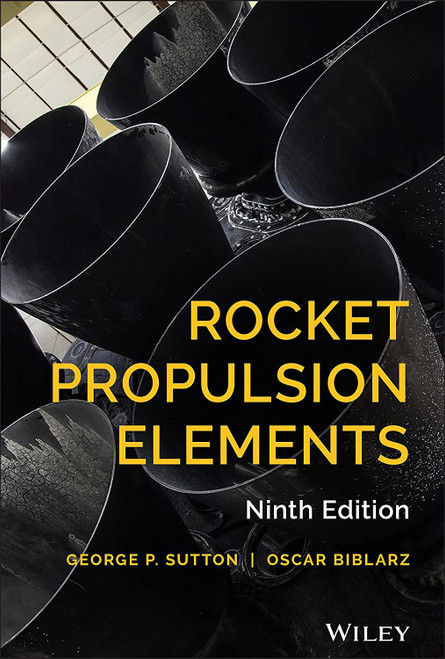Interest in rockets that use fission reactors as the heat source has centered on manned flights to Mars. The demands of such missions require rockets that are several times more powerful than the chemical rockets in use today. Rocket engines operate according to the basic principles expressed in Newton's third law of motion: for every action there is an equal and opposite reaction. In a chemical rocket, hot gases are created by chemical combustion; in a nuclear rocket heating of the propellant in a nuclear reactor creates hot gas. In either case, the hot gases flow through the throat of the rocket nozzle where they expand and develop thrust. Extensive development effort has been expended on nuclear rockets. The nuclear Rover/ NERVA rocket programs provide a very high confidence level that the technology for a flight nuclear rocket exists. These programs demonstrated power levels between 507 MWt and 4,100 MWt and thrust levels of up to 930 kN (200,000 Ibf). Specific impulse, a measure of rocket performance, was more than twice that of chemical rockets. Ground testing and technology development has been done on several concepts described in this book. However, though there appear to be no technical barriers to the development of a successful nuclear rocket, no nuclear rockets have been flown in space. This book describes the fundamentals of nuclear rockets, the safety and other mission requirements, developmental history of various concepts both in the U.S. and Russia, and it summarizes key developmental issues.
Nuclear Thermal Propulsion Systems
Brand: Polaris Books
$31.78 - $43.98
- UPC:
- 9780974144337
- Maximum Purchase:
- 3 units
- Binding:
- Paperback
- Publication Date:
- 2011-07-01
- Author:
- David Buden
- Language:
- english












